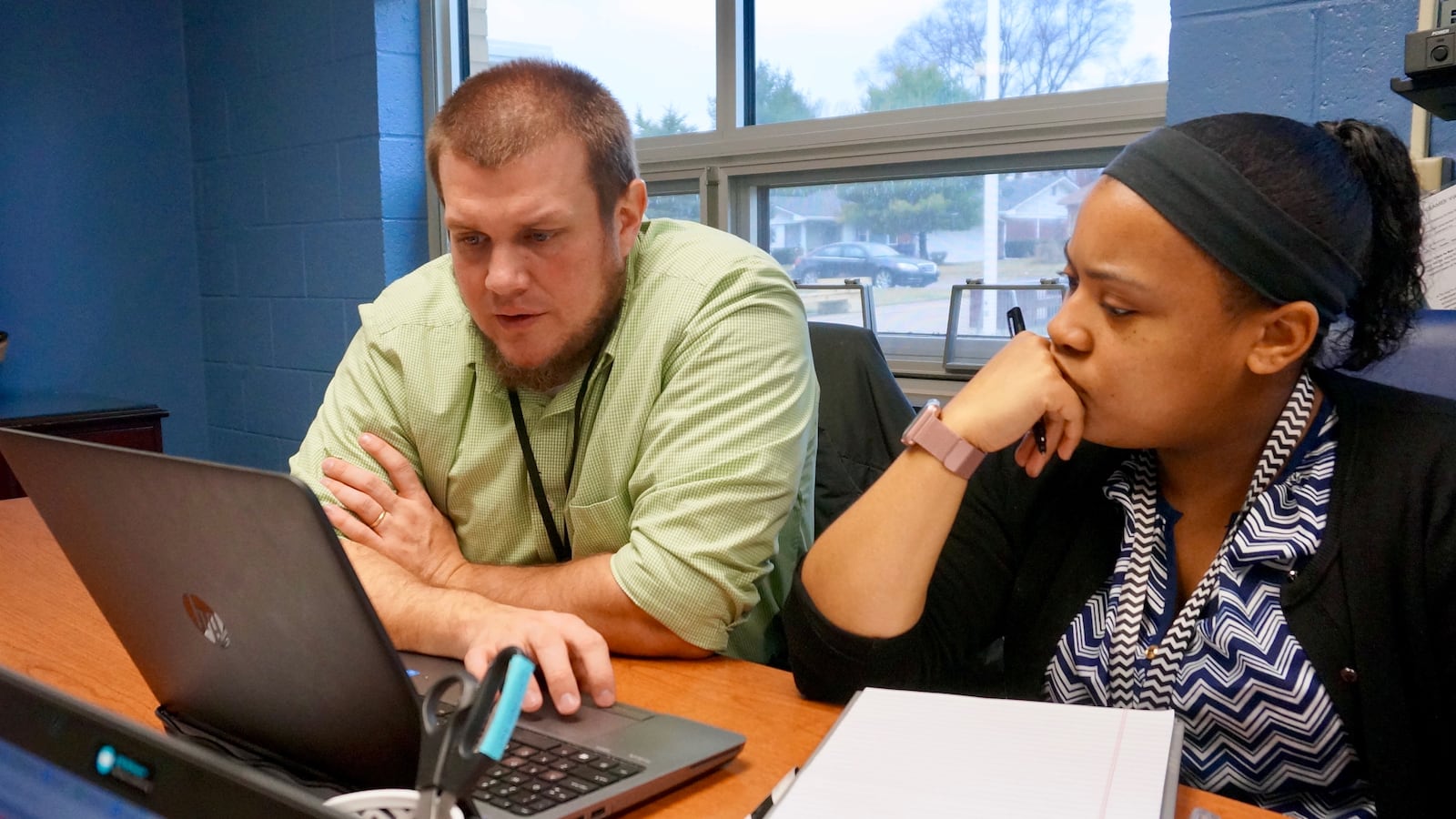With Indianapolis Public Schools slowly burning through its savings, district leaders may soon ask taxpayers for more money.
For the third year in a row, the district expects to operate at a deficit, following years of declines in state funding and growing spending on teacher pay. Now, to balance the budget, some district leaders say IPS may need to ask taxpayers for more money through a referendum.
It will be more than a year before the district can put a referendum to increase property taxes on the ballot, said Superintendent Lewis Ferebee. But with state funding stagnant or declining, Ferebee said that he believes the district will “absolutely” need to have a referendum for more funding to pay teachers at the current rate and potentially increase pay in the future.
In recent years Indiana schools have become largely reliant on state funding for operating expenses, with local money primarily paying for transportation and facilities. But districts with pinched budgets often appeal directly to residents to increase property taxes and send more money to schools. Of the 11 school districts in Marion County, eight have asked taxpayers for more funding to pay operating expenses such as teacher salaries and six were successful. The most recent district to make an appeal was Washington Township, which passed a referendum last fall.
Next year, IPS expects to spend about $22 million more on operating expenses then it receives in state, local and federal dollars. The district can make up for that gap in the short-term because it has about $57 million in savings, and it is adding millions of dollars to its coffers each year from the sale of unused buildings. But neither strategy is sustainable in the long term.
“We know we have deficits,” said Weston Young, the district’s chief financial manager. “Ultimately, much like a lot of the other local districts and state districts, an operating referendum is very much a consideration for our district.”
Before district leaders appeal to voters for more cash, however, they are aiming to cut some of the costs that are weighing down the shrinking district — which has lost thousands of students over the last decade. The biggest drain are the district’s underused schools. The district has nearly three times as many seats as there are high school students to fill them, which dramatically pushes up costs at some schools.
(Read: Empty hallways, higher costs force Indianapolis Public Schools to consider closing high schools)
Last summer, IPS leaders announced plans to close some of the district’s high schools. Ferebee said last week that the district could close schools by 2018-2019.
Board member Kelly Bentley said that closing some high schools is one way that the district can show taxpayers that it is managing its finances responsibly — and win more support for a referendum.
“I think the district has been and continues to be really good stewards of the money that we have,” she said. “We need to continue to do that so that the taxpayers feel comfortable that we are doing what we can with what we have, and there really is no other alternative.”
IPS leaders are also looking to prove their fiscal responsibility in other ways: Since Ferebee took the helm three years ago, the district has touted a focus on making sure funding goes directly to schools. Last year, consultants for the district found that spending on management and leadership had fallen to $684 per student in 2015-2016 from $876 in 2012-2013.
But IPS leadership has also spent big on some areas. The district has spent hundreds of thousands of dollars to pay outside consultants to help plan a new approach to school budgeting. And last fall, the district approved the first teacher raise in years, which increased the minimum salary for teachers to $40,000 — at a price tag of about $1.7 million per year, according to an IPS spokesperson.
If the district wants to raise teacher and principal salaries again, the district will need to have a referendum, Bentley said.
“With concentrated poverty like we have in IPS, I just think it’s a huge challenge for principals and teachers,” she said. “We just need to be able to pay them competitively. I just hope that the public will see that.”

